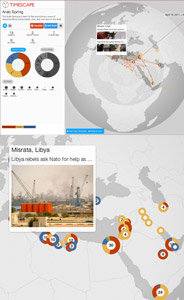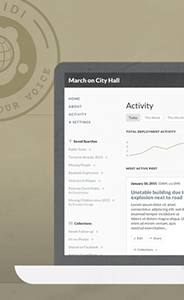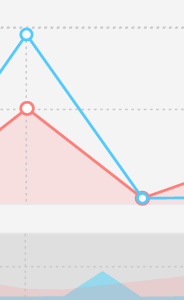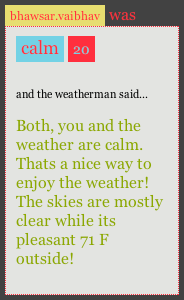Threatened Voices is a data-driven advocacy project of Global Voices that documents the experiences of individuals who are targeted for engaging in online expression with a civic, non-violent intent. Threatened Voices aims to highlight a new front line in the repression of free expression worldwide. Using a combination of technological tools, research and the connections formed by Global Voices community members and partner organizations, the project documents threats against online writers, activists and media groups working in the public interest.

Originally launched in 2009, the project was meant to map threats against bloggers but has now expanded to include a larger group of individuals engaging in online expression.

The project, in its new avatar, is based on a new data-model (Informed by the HURIDOCS Events Standard Formats data model) that allows one to investigate incidents of threat and entities(individuals or groups) who have been threatened. It allows activists, reporters and researchers to show connections between incidents and people involved, a key element in studying trends of threats and harassment in the online space.

Note: the data in these samples are only indicative. The dataset includes incidents recorded by a community and should not be considered comprehensive.
The data set is organized around a new taxonomy that helps users to understand specific aspects of threats. These changes all make it possible for users to run advanced searches to investigate trends across a number of variables and to build simple visualisations (charts, profiles, timelines), thus allowing them to see and communicate trends in specific types of threats, against specific types of people.
I received a one year fellowship by Media Democracy Fund and Ford Foundation to work on Threatened Voices with an extremely dedicated team at Global Voices and Visualising Impact. I led the design of the web-based platform that will help the Global Voices community document new threats, analyse the threat data, and to create embeddable interactive visualisations of the data for reporting.










